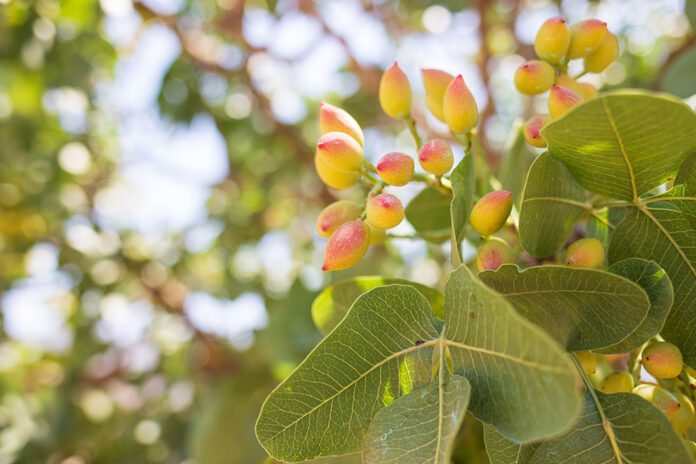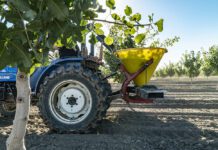While California pistachio industry leadership is currently in transition, there remains a strong commitment by grower organizations to meet the challenges that come with moving ever larger pistachio crops and securing stable export and domestic markets.
As stated at the 2024 UC Statewide Pistachio Day, the pistachio industry’s total acreage is at 605,442 total acres, and when all are bearing, crop totals are expected to exceed 2 billion pounds. This year’s crop nearly hit the 1.5-billion-pound mark.
Leadership at both American Pistachio Growers and Administrative Committee for Pistachios has undergone significant changes in the past three months. Joel Nelsen, formerly executive director of California Citrus Mutual, is filling in as interim CEO of American Pistachio Growers after the departure of APG’s first CEO Richard Matoian in December. APG’s executive committee is currently working to fill that position permanently.
Over at Administrative Committee for Pistachios, Bob Klein, longtime manager of ACP and California Pistachio Research Board, has announced his retirement in April. His replacement, Stephen Vasquez, is already on board there to ensure a smooth transition.
The Fresno-based ACP administers the federal marketing order for pistachios grown in California, Arizona and New Mexico. It was established in 2004 by growers to regulate quality of pistachios, mainly testing for aflatoxin levels. It is authorized to gather statistics from handlers and fund research aimed at processing and handling of pistachio and establish food safety regulations.
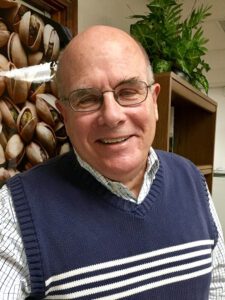
APG represents more than 800 pistachio growers in California, Arizona and New Mexico. It’s board of directors is made up of pistachio growers and the organization is funded by growers and independent processors with a shared goal of increasing global consumption of American-grown pistachios.
The Tide That Lifts All Boats
Rich Kreps, recently elected chair of APG’s executive committee, said in an interview the organization’s focus is on assisting all pistachio growers in producing quality crops and marketing them worldwide.
“We’re a tide that rises all boats,” Kreps said of APG. “With 1.5-billion-pound crops, we will need good marketing strategies that will ensure positive economic returns for all growers.”
He said the executive committee has been actively seeking possible candidates for the CEO position and is identifying the criteria they believe is necessary for the successful candidate.
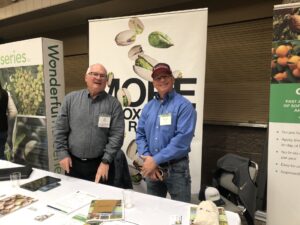
government support for on-farm sustainability projects (photo courtesy C. Parsons.)
“This is a good organization and we need to tell our story, be more aggressive in finding and filling markets.”
Kreps noted a key position at APG was filled in November. Scott Fryer joined American Pistachio Growers as Vice President of Global Marketing. Fryer will lead APG’s initiatives to expand consumption of American-grown pistachios in the U.S. and abroad. Before joining APG, Fryer served five years as marketing innovation director for Sun-Maid Growers in Fresno where he directed the innovation and base business marketing efforts.
In a statement, Fryer said, “I am excited to join American Pistachio Growers and help drive demand for pistachios across the world. American pistachios are an incredibly healthy and nutritious snack, and if we can make consumers aware of the benefits, I have no doubt they will love them as much as my family and I do.”
APG staff includes Wes Wilson who handles membership activities and communication. Amber Wilson is in charge of nutrition research. Cadee Condit handles government and industry relations.
The leadership role at APG will be filled by an individual that possesses progressive insight on marketing using social media and digital marketing. Kreps said the executive committee charged with finding a new CEO said the new leader must recognize the importance of highlighting the nutritional and health benefits of consuming pistachio nuts.
Nelsen said his interim role is primarily stabilizing staffing at APG and assuring APG members the organization is being led with an abundance of positive energy.
“My priority for APG is to assist it in delivering a better return on investment for growers,” Nelsen said.
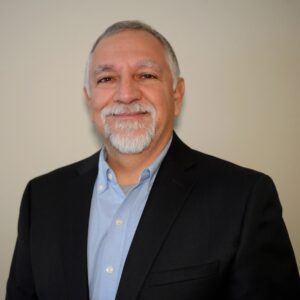
Moving forward, Kreps said it is critical for APG leadership to seek government support for on-farm sustainability projects. The organization was successful recently in securing a $5 million grant from CDFA’s Healthy Soils program.
Trade assistance is another key role for APG, and Kreps said the organization is well-positioned to go out and secure new markets and build established ones for larger crops in the future.
As the new executive director at ACP, Vasquez will also manage CPRB, a crucial research effort that supports a variety of projects to help pistachio growers. Vasquez was formerly a technical viticulturalist at Sun-Maid. He was also a UCCE viticulture farm advisor, a research agronomist for an international fertilizer company and director of agronomy for a large table grape farming company.
Vasquez stressed the importance of new research to improve production and enable growers to deliver a quality product.
Research Vital for Industry
“The pistachio industry is in good hands with these researchers who take on projects that will positively impact the bottom line,” Vasquez said.
Compared to the walnut and almond industry, the pistachio industry is relatively young, he said, but growers are producing a quality crop, helped by CPRB’s production research.
“We focus on needs of the industry, and look for research projects that solve problems,” Vasquez said. The board is composed of growers who read the research proposals, meet with the researchers and identify which projects will provide benefits to the pistachio industry. Executive summaries of the funded research are published each year by CPRB.
One of the ongoing research projects funded by CPRB is the Sterile Insect Technique study being conducted by UC Entomology Specialist Houston Wilson and USDA-ARS scientist Chuck Burks. The goal of this project is to augment existing IPM tools for navel orangeworm control. Over six years of conducting trials to solve this complex issue, they evaluated different strains of NOW, dispersal and effects on wild populations of NOW.
Other critical areas where research can help growers are impacts of climate change, variety selection and reducing aflatoxin contamination in pistachio nuts.



